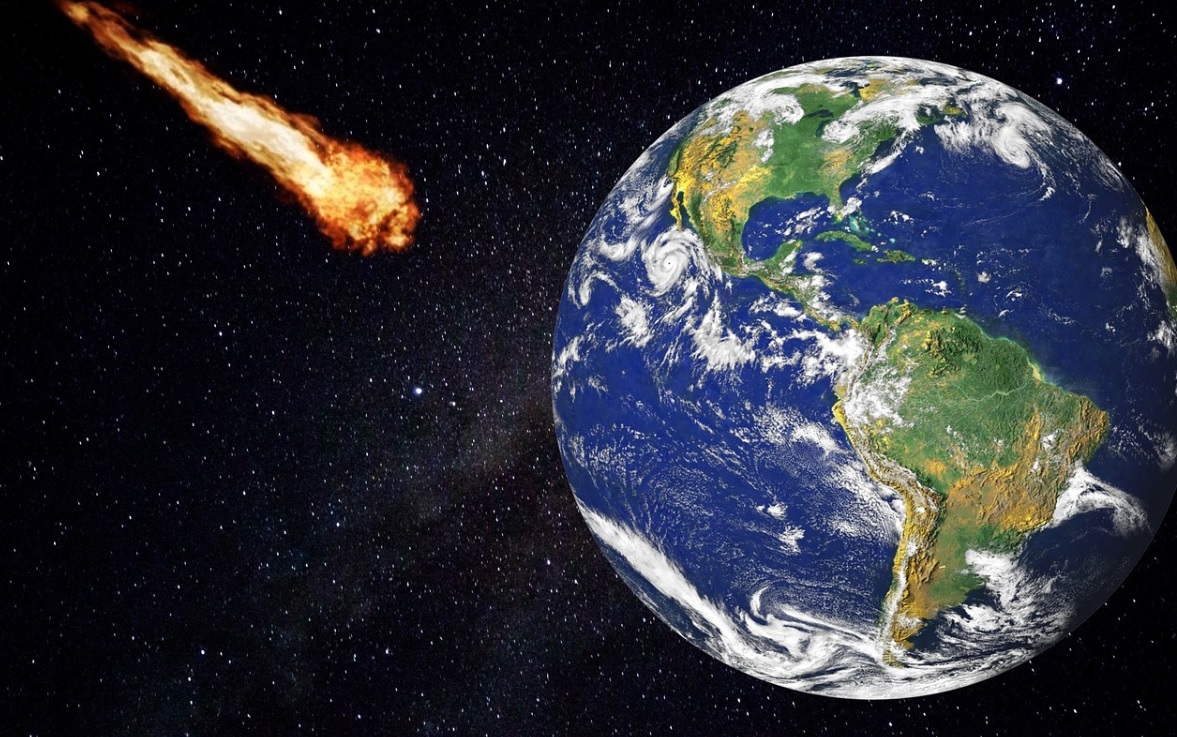Meteorites found in Antarctica, could hold answers to earth's formation
Scientists have found meteorites from the depths of Antarctica Blue Ice, an area with strong winds where the glaciers get ablated, with one of them weighing 7.6 kg.An international team of scientists went on a reconnaissance mission to Antarctica with the objective of finding new areas of meteorite accumulation around the Belgian Princess Elisabeth Antarctica PEA Station, according to a statement.The exploration was from December 11, 2022 to January 11.Meteorites are rocks fallen from space as a shooting star.

- Country:
- India
Scientists have found meteorites from the depths of Antarctica Blue Ice, an area with strong winds where the glaciers get ablated, with one of them weighing 7.6 kg.
An international team of scientists went on a reconnaissance mission to Antarctica with the objective of finding new areas of meteorite accumulation around the Belgian Princess Elisabeth Antarctica (PEA) Station, according to a statement.
The exploration was from December 11, 2022 to January 11.
''Meteorites are rocks fallen from space as a shooting star. Previously, three successful Belgian-Japanese missions to the Nansen Blue Ice Field near the Belgian station in Antartica collected more than 600 meteorites. Using satellite images and GPS coordinates, the team set out to discover the potential of several areas of interest by searching them for meteorites,'' said professor Maria Schoenbaechler, department of earth sciences at ETH-Zurich in Switzerland, told PTI.
The blue ice zone of Nils Larsen, about 60 km from the station, has been recognized as an accumulation zone worthy of revisiting, the statement said.
''But above all, the team returns with a very nice surprise in its luggage: a 7.6 kg meteorite! Such big meteorites are very rare in Antarctica,'' it said.
''At the moment it looks like an ordinary chondrites. This type of meteorite comes from the asteroid belt and ended its travel in the Antarctic blue ice, waiting several tens of thousands of years in the ice before discovery.
''It belongs to the oldest material that can be found on Earth and is similar to the building block of the Earth,'' said Schoenbaechler.
So, what does this mean for the Earth science research? ''This means we can study planet Earth's formation with this type of meteorite,'' said Schoenbaechler.
The meteorite were found on the blue ice or in the moraines. The scientists documented them without touching them and packed them directly into plastic bags or aluminium foil to avoid contamination, they said in an email.
Differentiating between meteors and meteorites, Schoenbaechler said, ''The rocks, which we found, are called meteorites. The shooting star is the trail which it generates while falling onto the Earth and is called a meteor.'' When asked how the meteorites were identified as such, she said, ''The meteorites were first identified by looking at them - our big meteorite has a very typical dark fusion crust, which is formed during the fall of the rock onto earth.
''This generates a shooting star (meteor), in which the upmost surface of the rock is heated by aerodynamical friction and melted. We also used a handheld tool to test the magnetic properties of the rock.'' So, what will the meteorites be analysed for? ''We will take a small sample and analyse the minerals that it contains to determine which type of meteorites it is,'' explained Schoenbaechler.
When asked if there was something else that they would like to share, she said, ''We also took some sediments samples and in there, we will search for micrometeorites. These are very small meteorites and their size is the same as that of a dust particle. They too are scientifically very valuable.'' Along with Schoenbaechler, the team included scientists from Field Museum of Natural History, University of Chicago, US, VUB-ULB, Belgium and was led by Vinciane Debaille, FNRS-ULB, Belgium and guided in the field by Manu Poudelet, International Polar Guide Association.
What lies ahead for the meteorite? ''Next step? The meteorite will go to Brussels, travelling in a cold box, for thawing under controlled conditions at the Royal Belgian Institute of Natural Sciences, before being analysed for their chemical composition and becoming available for scientific studies,'' the statement said.
(This story has not been edited by Devdiscourse staff and is auto-generated from a syndicated feed.)
- READ MORE ON:
- Manu Poudelet
- Elisabeth Antarctica
- Nils Larsen
- Antarctica Blue Ice
- University of Chicago
- Field Museum of Natural History
- Belgian-Japanese
- Maria Schoenbaechler
- Antarctic
- Belgium
- Switzerland
- Antartica
- Schoenbaechler
- VUB-ULB
- International Polar Guide Association
- Brussels
- Zurich
- Vinciane Debaille
- Antarctica
- Belgian










